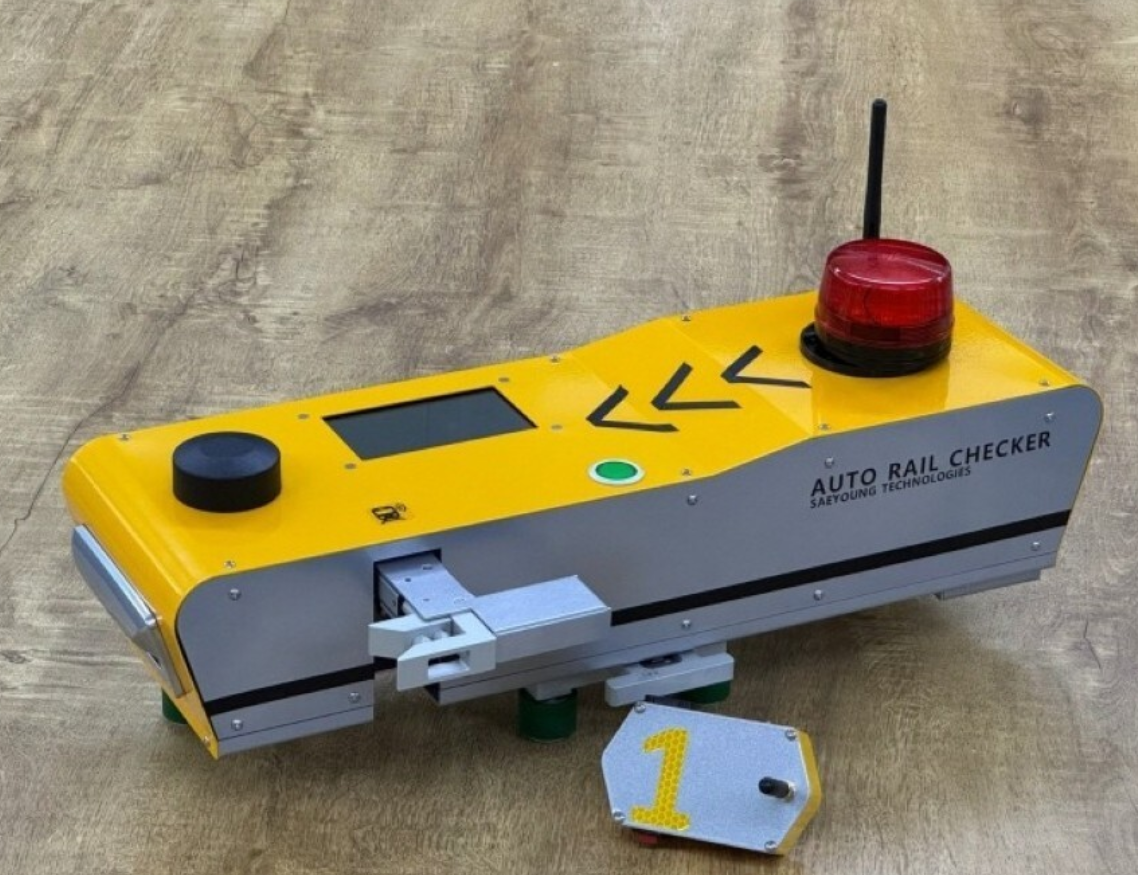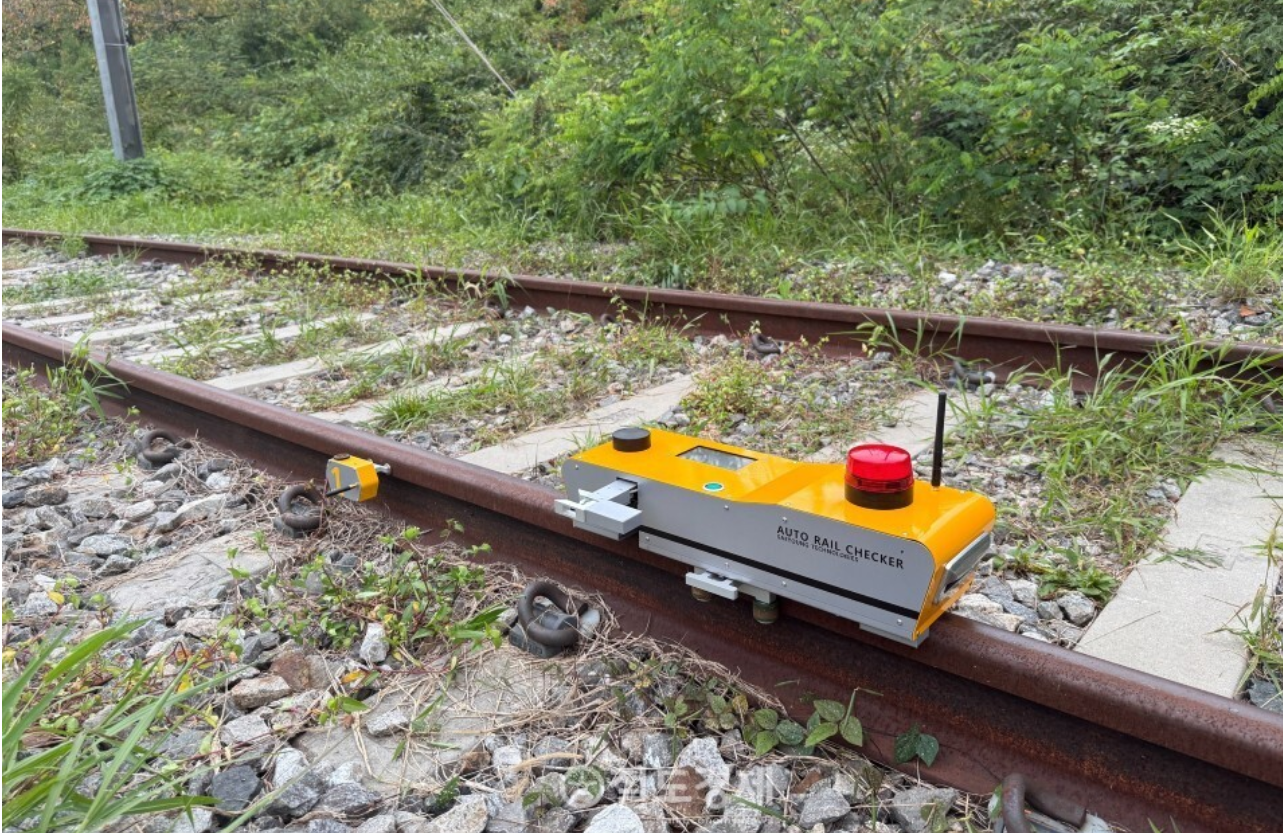
Reservation booth:+86(0)21-3114 8748
Visit/media contact:+8613601815988
QQ:2463282767
email:artsexpo@sgexpo.cn
In order to prevent safety accidents at railway track construction sites, South Korea has recently developed an "intelligent train monitoring robot" that can automatically install and recycle trackside sensors, monitor approaching trains in real time and issue alarms, greatly improving the safety of track operations.
According to reports, this small mobile robot can automatically deploy sensors during track maintenance or construction to detect approaching trains up to 1 kilometer away. When a train approaches, the system will wirelessly transmit signals through sensors and immediately warn workers in the form of lights and sounds, reminding them to evacuate the dangerous area in time.

The system operates reliably and remains reliable even in complex environments with poor visibility, such as tunnels, bridges, curves or at night. Site safety is significantly improved by eliminating the need for workers to enter the track to manually install or remove sensors.
For a long time, the safety monitoring of rail construction sites mostly relied on manual visual observation or the method of installing transmitters on trains, which was cumbersome and limited, especially when detecting different types of construction vehicles.
The intelligent monitoring robot developed this time only requires the operator to carry a set of main equipment to monitor all approaching trains on multiple tracks at the same time, ensuring sufficient safety distance and issuing early warning signals in advance.
When the task is completed, the robot body automatically moves to the sensor position, recycles the sensor module and returns it to the initial point. The sensor is reusable, reducing maintenance costs and meeting environmental requirements.

The technology was developed by the team of Dr. Hong Ji-young, a senior researcher at the Korea Railroad Research Institute, and transferred to Saeyoung Technology, a private company, for manufacturing. Dr. Hong Zhiying said that this system is not only a simple safety alarm device, but also an intelligent protection system that can "buy actual evacuation time" for workers.
In the future, the research team plans to combine artificial intelligence image recognition and communication network technology to further expand to various railway safety scenarios such as track facility monitoring, pre-inspection, emergency response and communication support.